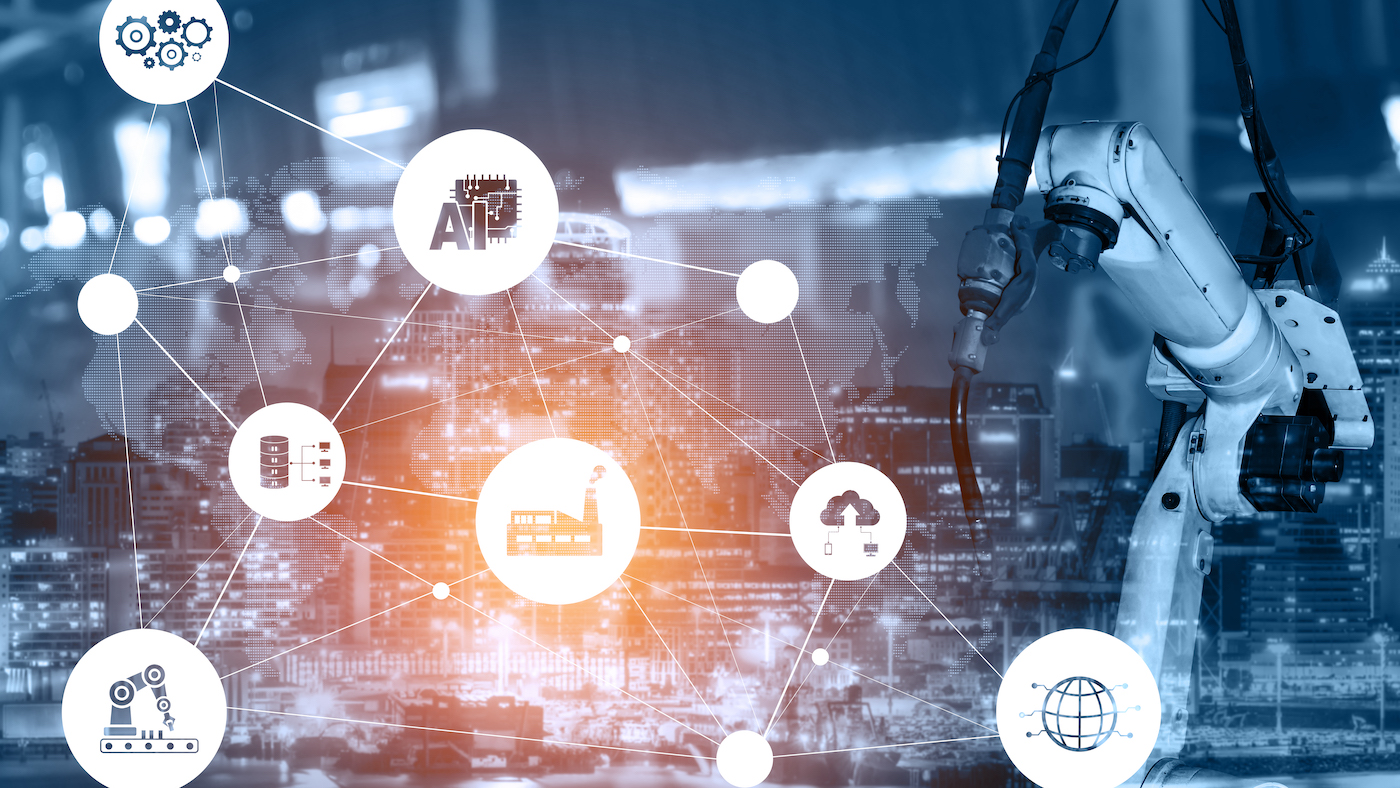Sustainable data center: How to transform legacy data centers into sustainable assets
Severin Braun from plusserver looks at how legacy data centers can be optimized and modified to meet the EU’s sustainability targets and move towards a greener future.

©a-image | istockphoto.com
To ensure data centers are an integral part of the sustainable future of Europe, data center operators and trade associations have agreed to make data centers climate neutral by 2030. However, with Germany dominating Europe’s data center market, and legacy structures dominating the German digital landscape, there is a lot of work to be done to achieve carbon-neutrality. How can legacy data centers be optimized and modified to meet the EU’s sustainability targets and move towards a greener future?
With over 450 data centers, Germany owns the most storage infrastructures in Europe, making the country a critical player in the continent's digitization. However, such progress comes at a high price, particularly in the form of power consumption. According to the scientific service of the Federal Republic of Germany, German data centers used over 16 billion kWh in 2020, accounting for 3.2 percent of the country's overall electricity consumption. Moreover, the energy consumption of German data centers is predicted to rise up to 29 billion kWh by 2030 while producing over six million tonnes of CO₂. Thus, the environmental impact of data centers cannot be ignored.
Metrics for a sustainable future: PUE value and what it means
A key indicator for the energy efficiency of data centers is the PUE value (Power Usage Effectiveness). PUE is determined by dividing the total amount of electricity entering a data center by the power used to run the IT equipment within it.
The lower the PUE value of a data center, the more environmentally friendly and energy-efficient it is. Values of 1.5 and lower are benchmarking standards proposed by the Green Grid to help IT professionals determine if their center is energy efficient. If a data center reaches a PUE value of around 1.2 or 1.3, it can be labelled as environmentally friendly, because only 20 to 30 percent of the energy is used inefficiently - meaning that this 20 or 30 percent does not go into computing power, but into processes such as cooling or air conditioning. Thus, how can a legacy data center reach a lower PUE and make its operation more climate-neutral and energy-efficient?
Five steps to improve your energy efficiency and carbon footprint
The German digital landscape is dominated by legacy structures that cannot keep up with the cutting-edge technology of recently built green data centers.
However, the demolition of these older structures would be expensive and, in turn, energy-intensive. Therefore, we recommend analyzing the optimization potential of your data center first before abandoning older systems. Learning from our own experiences in modernizing one of our data centers, we were able to reduce a PUE value from over 2.0 to 1.35. We can confidently say that investing in your legacy can be worthwhile. The following methods to update already existing technology are proven to be the most effective:
(1) Aisle Containment
Aisle containment is a measure that strictly separates the flow of cold and warm air in a data center. With a well-managed cold aisle containment, about 10 percent less energy is needed. A great advantage of this method is that the cold aisle containment is easy to implement without the need for additional fabrication to contain and return exhaust air, such as a drop ceiling or air plenum. Furthermore, due to the improved cooling conditions, server racks can be placed closer together, allowing for a valuable use of space within the data center.
(2) Optimizing airflow
Directly linked to cold aisle containment is the improvement of the airflow in the data center: By covering and sealing off all unused negative space, you can ensure that no cold air is lost, and constant air pressure is maintained. Poor airflow can prevent cool air from reaching overheated components or cause warm air to remain trapped in one area, building so-called hotspots. Without proper air circulation, your air conditioning systems will work harder than necessary to maintain ideal conditions. A profound data center airflow management will regulate room temperatures, lower fan speeds, and provide optimal air circulation channels. One technique commonly employed by airflow management is situating multiple cabinets into rows to maximize spatial efficiency.
(3) Temperature management
By setting up a cold aisle containment and optimized airflow management, providers ensure that server cabinets receive sufficient cooling. This means that less energy has to be used for air-conditioning the entire data center, and the room temperature can be raised in general. Importantly, storing equipment at the proper temperature extends its lifespan while increasing reliability and reducing maintenance costs. The American Society of Heating, Refrigerating and Air-Conditioning Engineers (ASHRAE) advise that the temperature in data centers should be kept between 20 °C – 24 °C to maximize the efficiency and longevity of servers.
(4) Sustainable cooling solutions
In order to meet the requirements of the European Climate Neutral Data Center Pact, it is essential to switch to modern cooling solutions with natural refrigeration, e.g. water, ammonia, propane, CO₂. These solutions are neither ozone-depleting nor do they contribute to greenhouse gas emissions. Additionally, modern air-conditioning systems have a higher energy efficiency due to measures such as variable fan controls.
(5) New UPS systems with low power loss
Uninterruptible power supply (UPS) systems ensure the energy provision for servers in the event of a fault. In addition, UPS protects sensitive electronic equipment from damage or failure due to fluctuations in the power supply or voltage spikes. For energy optimization, it is advisable to invest in a modern UPS. These usually have optimized settings which increase the overall efficiency of the system and thus significantly reduce the amount of power loss. The power loss can thus be reduced from up to 10% to less than 5%.
Conclusion: Renovate to reduce
The five steps mentioned above are a good starting point for providers to move towards a more energy efficient data center. Following these, data center operators must look at the hardware utilized within the system.
This is where intelligent power management comes into play to achieve a lower PUE and effectively utilize the technology within the data center. Another critical topic is balancing the IT load and substituting hardware that is 10 years or older, since these solutions are generally not as energy friendly as new solutions. To achieve the EU's 2030 target, not all legacy data centers have to be demolished. Such data centers can still be used by modernizing and optimizing the existing conditions within the systems. Operators of storage infrastructures must precisely analyze the optimization potential of their data center and initiate the first steps to move towards a greener future. The path to a more climate friendly data center may not be as far as it seems.
Severin Braun has been Chief Product Officer (CPO) at PlusServer GmbH since May 2022. The trained IT systems businessman brings almost 20 years of technology experience to the job. Braun has been with plusserver since 2015, where he served as CIO for four years prior to his appointment as CPO. Before that, he ensured efficient operations as Operations Director. Previously, he spent eight years at Host Europe as Head of Customer Service, where he was responsible for all customer issues and the technical operation of managed hosting solutions. He gained further experience at Avaya, where he worked as a sales consultant after completing his training.
Please note: The opinions expressed in Industry Insights published by dotmagazine are the author’s own and do not reflect the view of the publisher, eco – Association of the Internet Industry.





